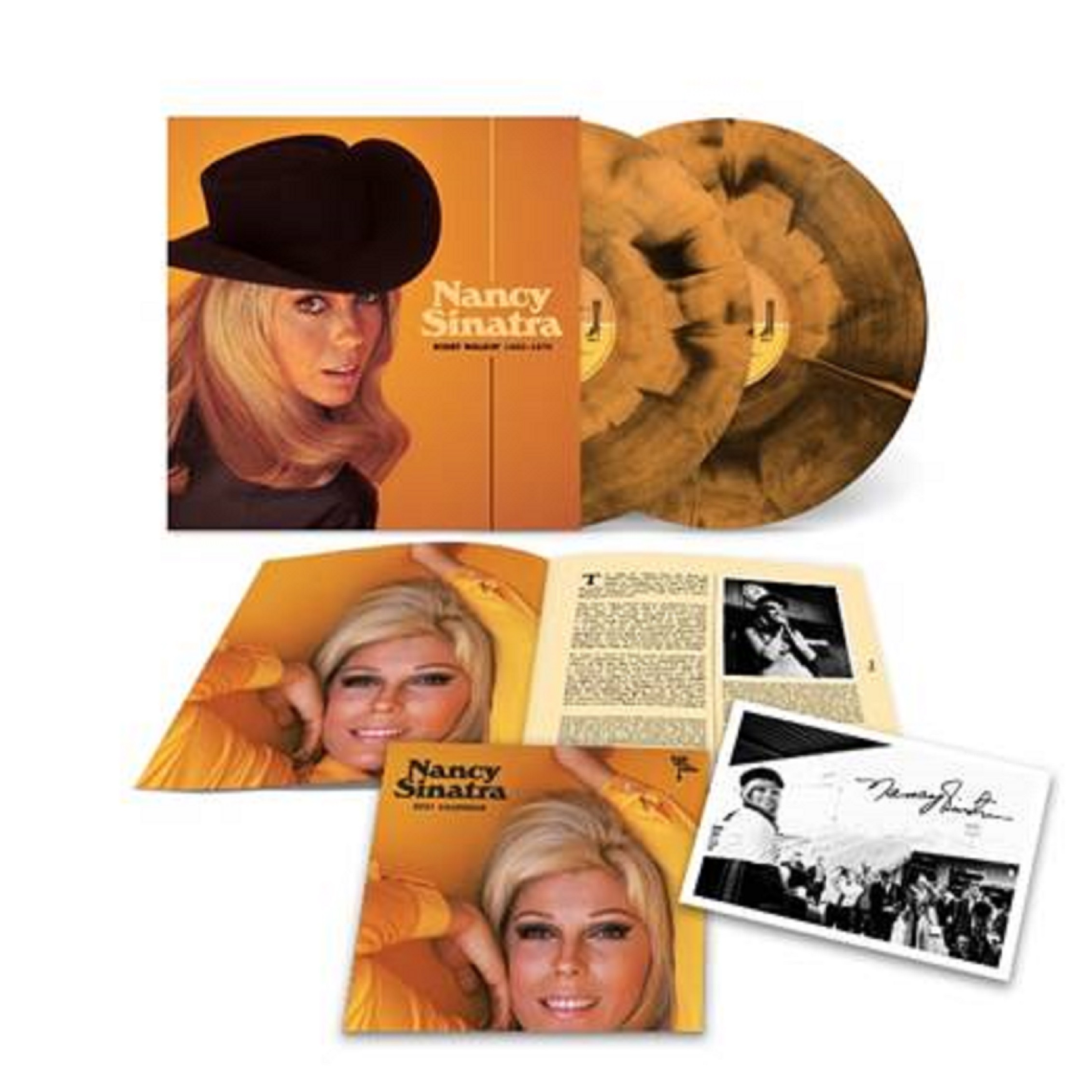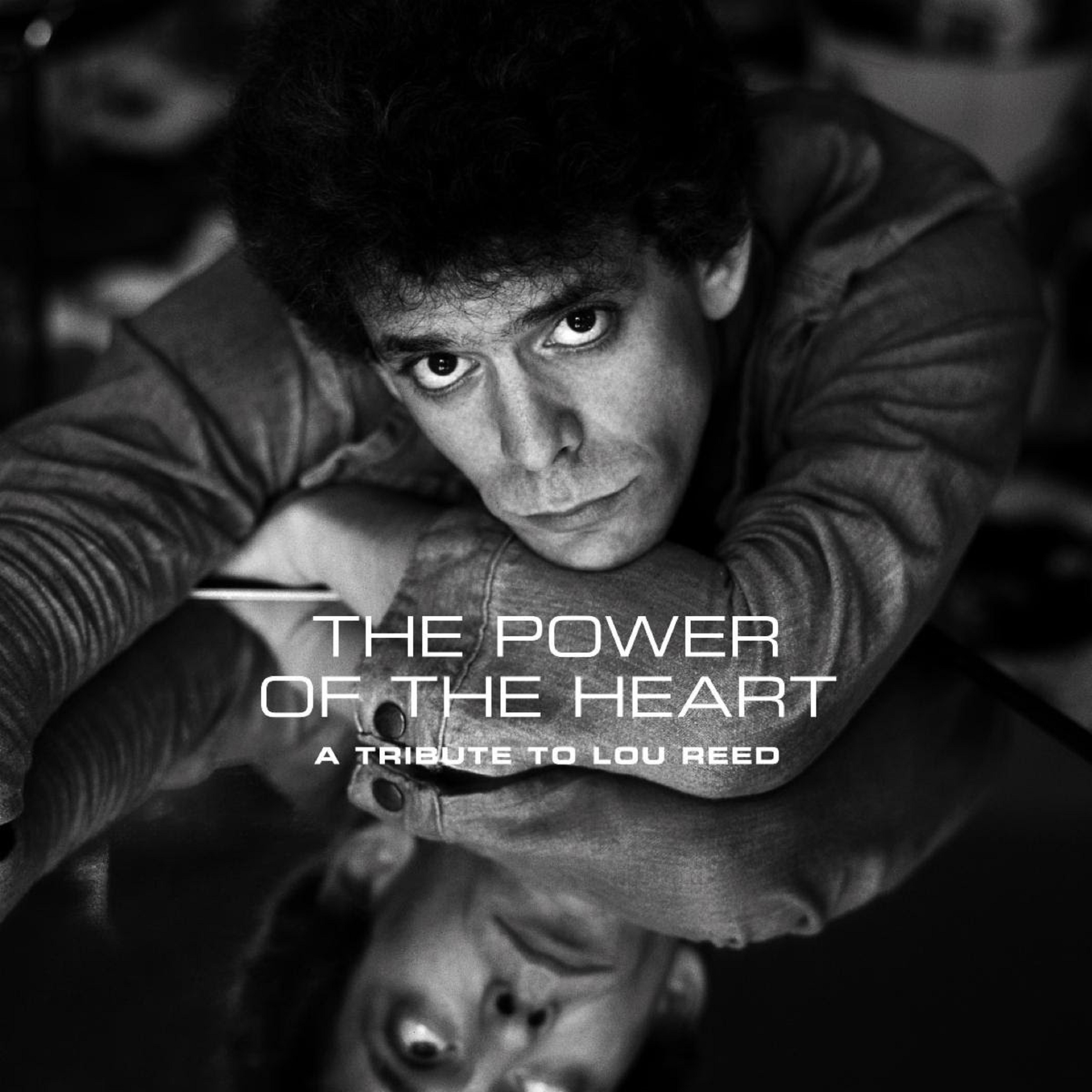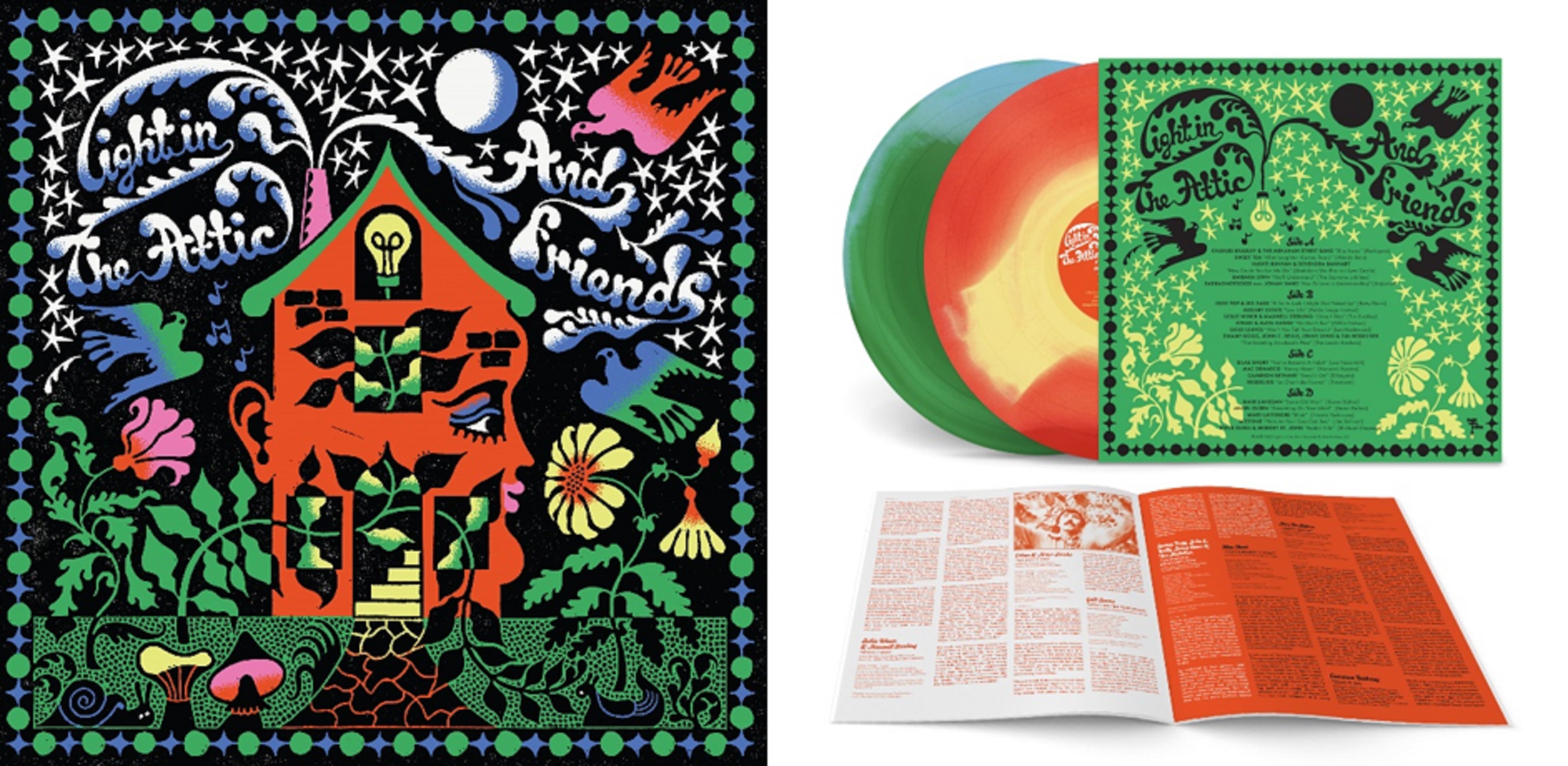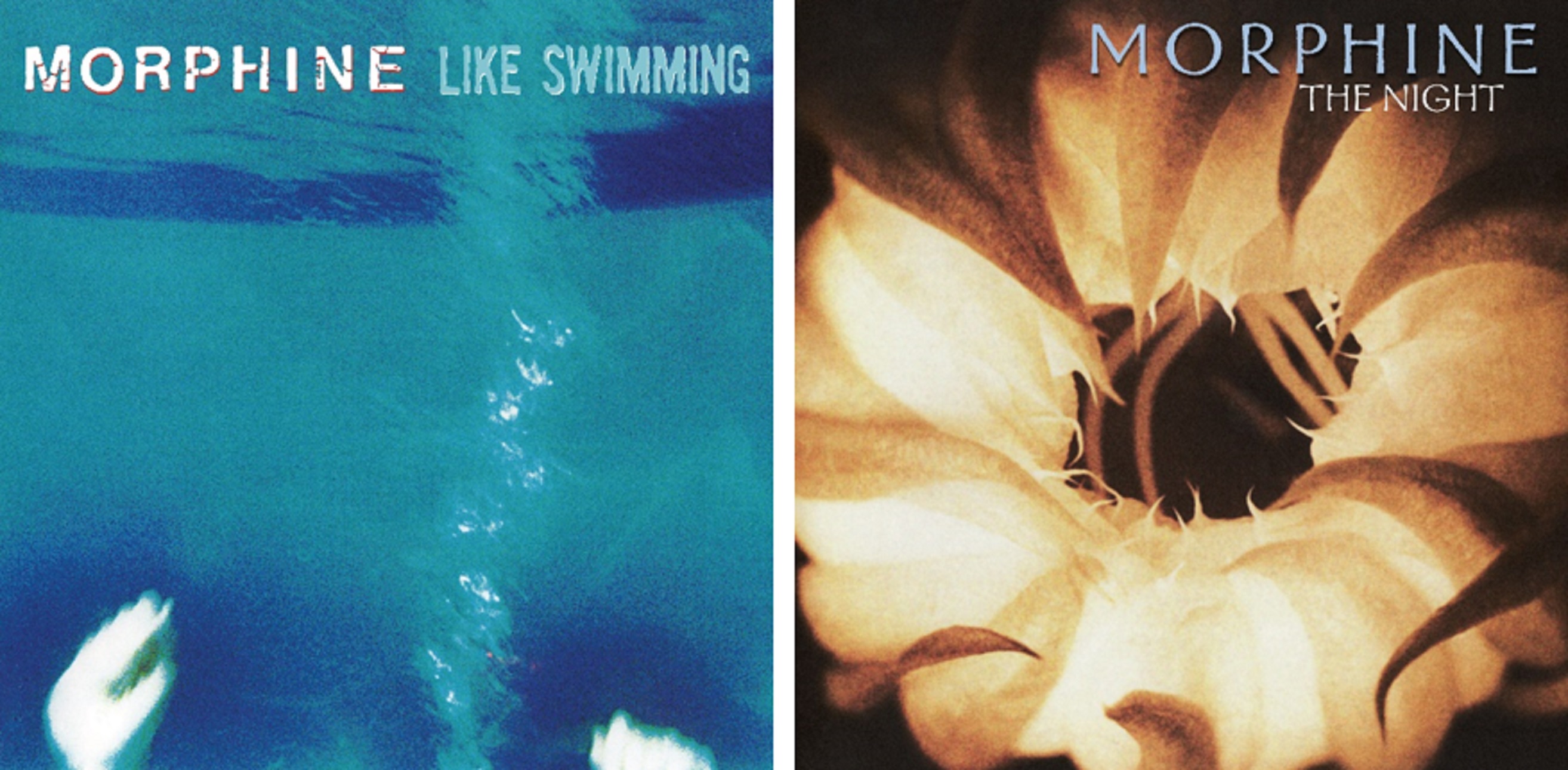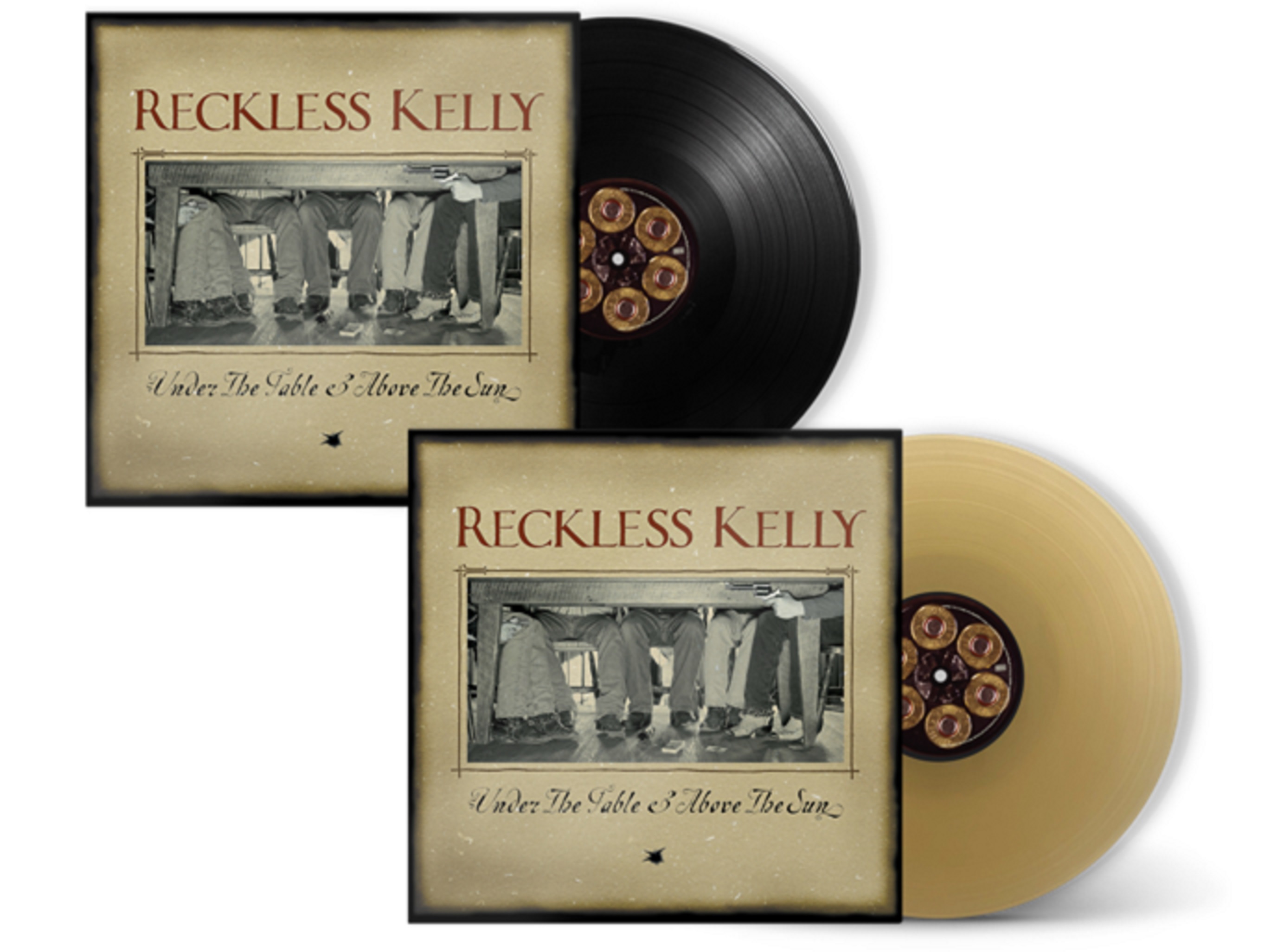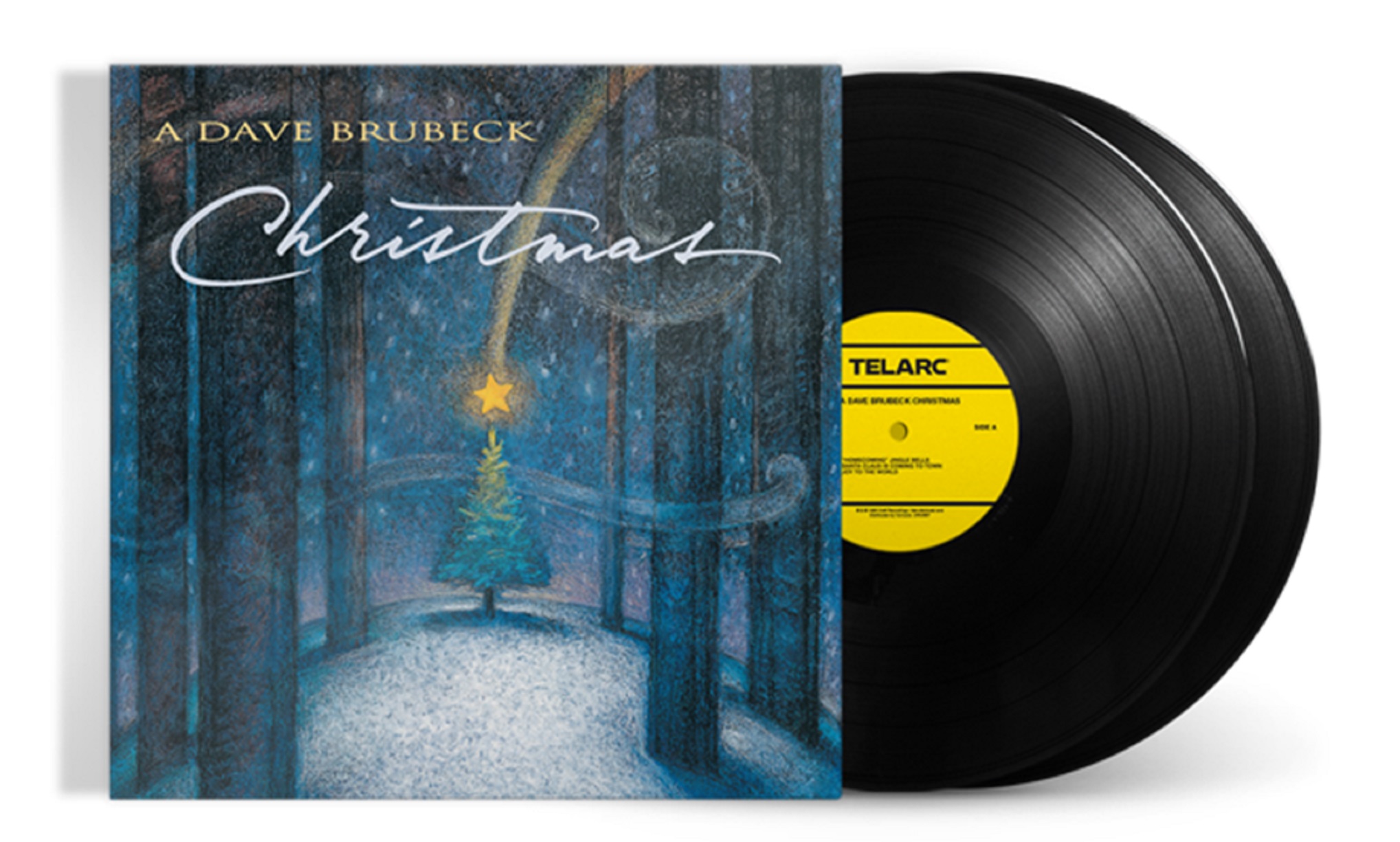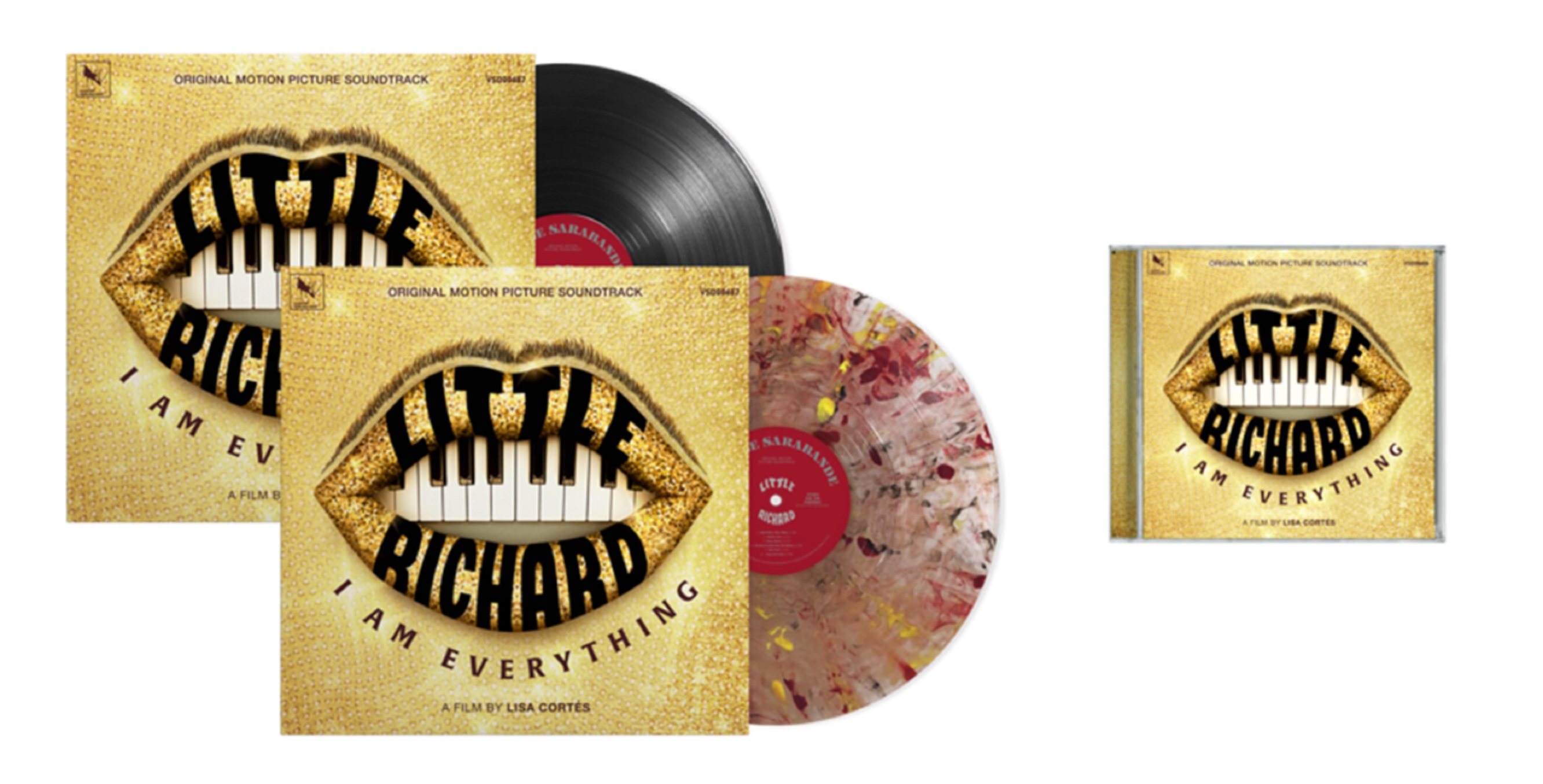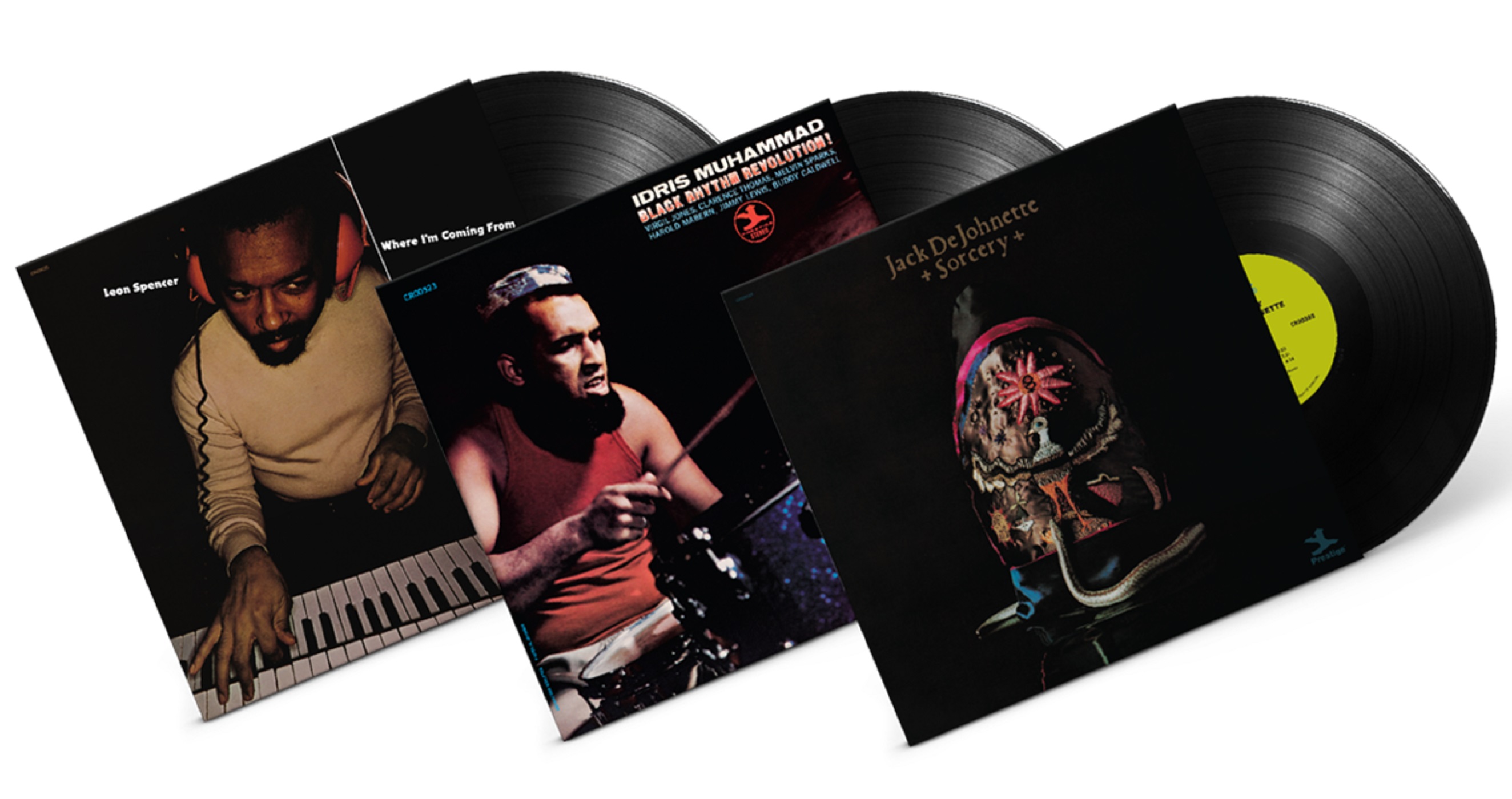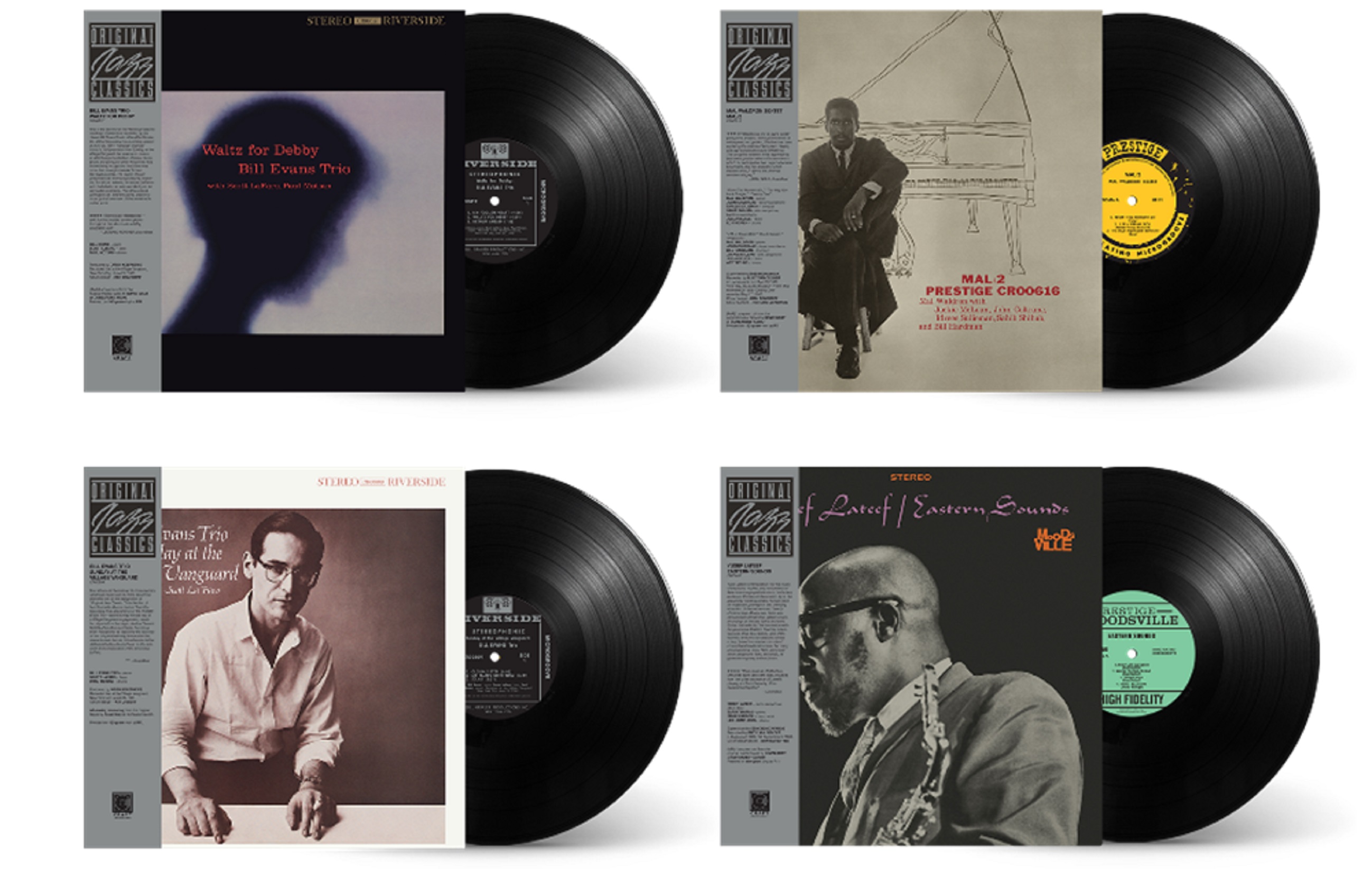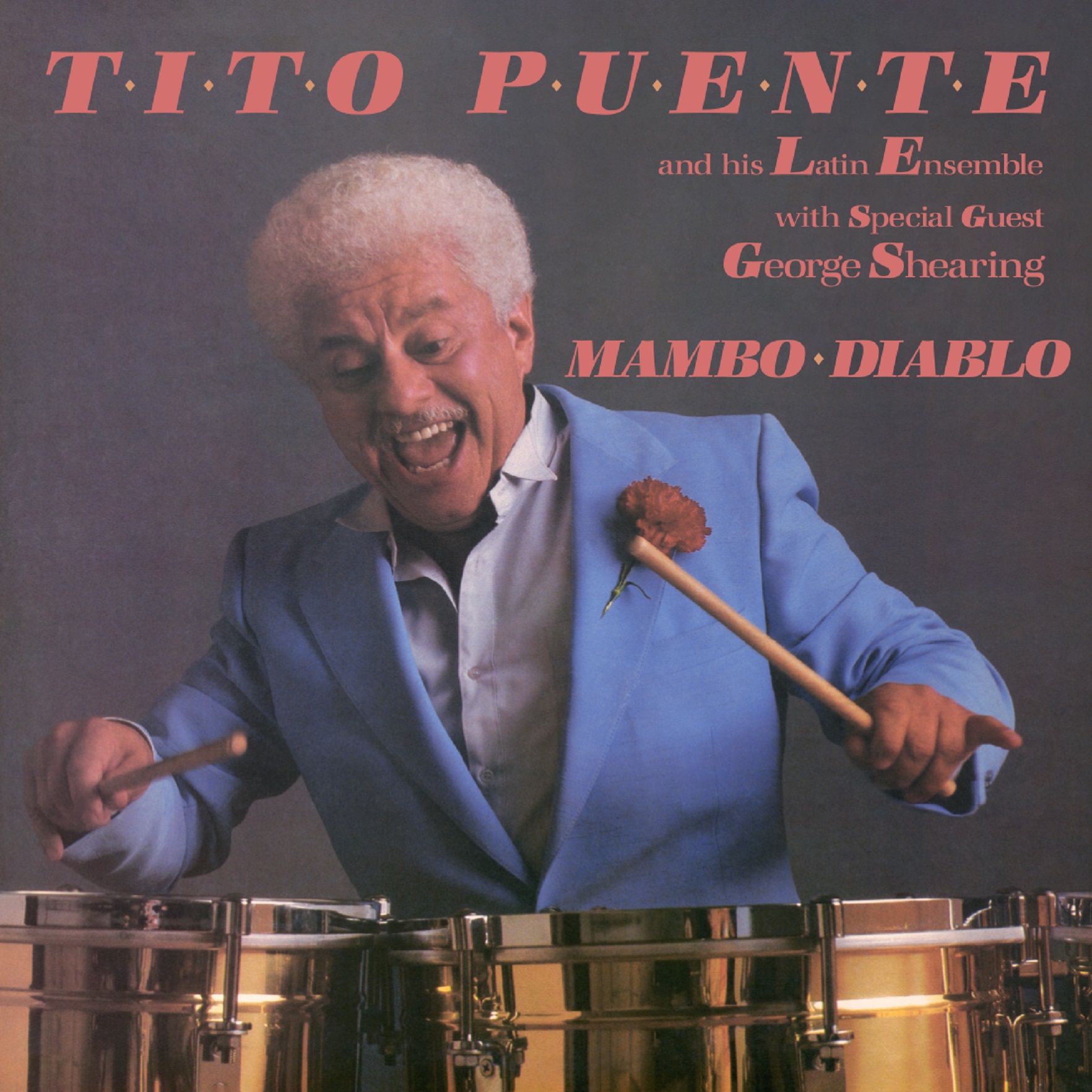Celebrated archival label Light In The Attic Records (LITA) is proud to announce a year-long campaign to honor the enduring legacy of singer, actress, activist, and cultural icon Nancy Sinatra, who recently entered her eighth decade ─ sixth as a world-wide household name and positive force for culture change, both at home and abroad. LITA will pay homage to Sinatra’s pioneering music career with a selection of archival releases and full-album reissues, including a definitive new collection, Nancy Sinatra: Start Walkin’ 1965-1976.
Available to pre-order today (10/21) and due out February 5th on vinyl, CD, and across digital platforms, Start Walkin’ surveys Sinatra’s most prolific period over 1965-1976, including her revered collaborations with Lee Hazlewood, over 23 tracks. Remastered from the original analog tapes by the GRAMMY®-nominated engineer John Baldwin, the collection is complemented by liner notes penned by Amanda Petrusich (author and music critic at The New Yorker), featuring insightful new interviews with Sinatra, as well as a Q&A with archivist and GRAMMY®-nominated reissue co-producer Hunter Lea. The CD edition comes housed in a hardcover book (featuring over 60 full-color pages) and the two-disc vinyl set is presented in a gatefold jacket (featuring a 24-page booklet), with different color editions available exclusively at NancySinatra.com, LightInTheAttic.net, and independent record stores. Plus, a 2021 Nancy Sinatra Calendar is available beginning today as part of the Start Walkin’ deluxe pre-order or as a stand-alone purchase on NancySinatra.com.
Additionally, LITA will reissue a selection of albums from Sinatra’s rich catalog, including her 1966 debut, Boots, plus her first record with Hazlewood, 1968’s Nancy & Lee, and follow-up, 1972’s Nancy & Lee Again. Featuring newly-remastered audio, each title will be available on vinyl, CD, and across digital platforms. The rollout launches November 27th with a 7-inch single (featuring “Some Velvet Morning” backed with “Tired Of Waiting For You”) being released exclusively for Record Store Day’s Black Friday event. Coinciding with the launch of the campaign is the first-ever official online BOOTIQUE (featuring limited-edition merchandise, vinyl, and autographed items) on NancySinatra.com.
Nancy also co-host’s SiriusXM’s channel Siriusly Sinatra, featuring her weekly “Nancy For Frank” show where she treats listeners to her favorite recordings by her dad and other artists singing from the pages of the songbook that helped Frank become the greatest vocalist of all time. In addition, the show features rare recordings from the family archives and Nancy offers reflections on her life with her dad and observations about his music. On the October 25th episode of the show, Nancy will air a special segment featuring her discussing the Record Store Day exclusive 7-inch and how this collaboration with Light In The Attic came about. The segment will re-air on October 27th, November 29th and December 1st plus, in the new year Nancy will be airing another segment, discussing the compilation, around its release.
Equal parts strong, sultry, and savvy, Sinatra has long been ahead of her time – both in her choices as an artist and as a business-woman. Unapologetically, the singer established her own path early-on and paved the way for decades of female artists to come – all while firmly maintaining control over her career, her image, and her music.
As the eldest daughter of Frank Sinatra, Nancy was born into the spotlight. At 19, she made her professional debut in front of millions of Americans, appearing alongside her father and Elvis Presley on the television special Welcome Home Elvis. Not long after, she released a series of singles. But those demure recordings didn’t reflect the real Nancy Sinatra – that Nancy would be re-introduced to the world just a few years later, thanks to an unlikely musical partnership with songwriter and producer Lee Hazlewood.
When the two artists had their initial meeting in 1965, Sinatra was newly-divorced and struggling to score a hit record amid the changing musical landscape. At the urging of her label, she met with Hazlewood – a 36-year-old songsmith from Oklahoma who had found success writing for guitarist Duane Eddy. Hazlewood auditioned material for Sinatra, including a song called “These Boots Are Made for Walkin’”, which he originally intended to record himself.
Sinatra, however, saw the song in a different light. Petrusich explains in her liner notes that the singer “understood that a man brazenly chastising his partner for her misbehavior and threatening retribution…was too ugly and portentous for pop radio. When a woman performed the track – and Sinatra sang it with a kind of playful, admonishing growl – it became an empowerment anthem, promising dignity and control in the face of betrayal. There’s something nearly flirtatious in her delivery: you’re trouble, but I’m trouble, too. Somehow, she made ‘Boots’ radical.”
With Hazlewood as producer, Sinatra went into the studio with Billy Strange and other members of the legendary Wrecking Crew to record the song – along with a handful of pop covers and originals – for her debut album, Boots. Gone was the prim brunette singer and in her place was a confident, fashion-forward new star, with a commanding contralto voice and eye-catching platinum hair.
Released in 1966, Boots was a Top 5 album, thanks to its brazen title track. Sinatra scored a No.1 hit on both sides of the Atlantic with “Boots,” which earned three GRAMMY® nominations and sold over a million copies of the single. As a testament to its enduring, multi-generational appeal, “Boots” has inspired countless covers throughout the decades, including those by Loretta Lynn, Kacey Musgraves, Billy Ray Cyrus, and Jessica Simpson.
While “Boots” became Sinatra’s signature song, she and Hazlewood were just at the beginning of their creative journey. Soon, they returned to the studio, notching two more Top Ten hits with “Sugar Town” and “How Does That Grab You, Darlin?”, and recorded their first of many duets, titled “Sand,” for Sinatra’s sophomore effort How Does That Grab You? (1966), which also featured a cover of the Sonny Bono-penned tune “Bang Bang (My Baby Shot Me Down)” ─ a breakthrough hit for Cher earlier that year. Accompanied only by Billy Strange on guitar, Sinatra’s sparse rendition stood in stark contrast to Cher’s orchestrated arrangement. Decades later, the haunting recording gained a new legion of fans when it appeared in the opening credits of Quentin Tarantino’s 2003 film, Kill Bill Volume 1.
As Sinatra’s star continued to rise, she was tapped to perform the theme song to the 1967 James Bond film, You Only Live Twice. A rare honor, Sinatra traveled to London for the session, where she worked with film composer John Barry. Not long after, she recorded a stripped-down, single version of the song with Hazlewood.
Each time Sinatra recorded a new album, the tracklist inevitably contained a duet or two with Hazlewood, including “Summer Wine” (Nancy in London) as well as “Jackson,” and “Oh Lonesome Me” (Country, My Way). It was a natural evolution, then, for Sinatra and Hazlewood to release entire albums together. The first was 1968’s Nancy & Lee, which blended country, rock, psychedelia, and pop on tracks like “Some Velvet Morning” and “Lady Bird.” They followed with 1972’s Nancy & Lee Again, which boasted such highlights as “Paris Summer” and “Arkansas Coal.”
Over the years, these offbeat duet albums have become lauded cult classics. Pitchfork included Nancy & Lee on their “Best Albums of the 1960s” roundup, while NPR proclaimed that “[Sinatra’s] work on Nancy & Lee not only is some of the best that she's ever recorded, but it proved that she would hardly allow herself to be pigeonholed…. She made it clear that she was capable of so much more.” Though Hazlewood’s relocation to Sweden at the turn of the ‘70s would halt the progress of further collaborations, the duo reunited sporadically over the years, including in 1976 for a dreamy cover of “(L’été Indien) Indian Summer,” available today as a single on all digital platforms.
In the mid-70s, Sinatra made the conscious decision to step back from the industry and focus on her family. Although she would return to the studio in the ‘90s, the artist had already amassed an impressive catalog in less than a decade – including seven solo albums and her two collaborations with Hazlewood. Sinatra’s legacy, however, continued to grow, as new generations discovered her music. Over the years, she has been cited as an influence by countless artists, including Sonic Youth, Morrissey, Calexico, U2, and Lana Del Rey. Most recently, Sinatra’s contributions to the industry were further recognized by her peers, when “Boots” was inducted into the GRAMMY® Hall of Fame. The honor, bestowed in January of 2020, recognizes “musical recordings of lasting qualitative or historical significance.”
Today, Sinatra continues to be a passionate voice for a variety of progressive causes – most notably her support of veterans. A self-proclaimed feminist, Sinatra’s advocacy also extends to her fellow female artists. Petrusich writes that Sinatra “has always insisted on owning all of her masters, a maneuver she learned from her father; she has since passed his counsel onto younger artists struggling to regain control of their work under unfair contracts.” In the liner notes, Sinatra recalls, “I gave that advice to Taylor Swift a couple of years ago. She was fighting for her masters and I said, ‘Keep fighting. You’ve got to. You have to have control of that product.’ I was proactive early on, and I still am.”





